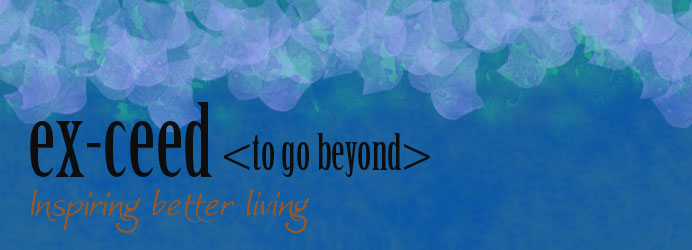
When decisions are weighed in the balance and uncertainty surrounds for what might take place, the ‘holding pattern’ is strategically the best mindful position to place ourselves in.
Reminiscent of what often occurs at airports and for airlines during bad weather or congestion, the holding pattern is an aeronautical technique used to keep planes in the air pending a change in conditions to accommodate safe landing.
We can very easily transfer this analogy to our thinking processes such that, as far as that’s possible, we’re always left in control of our destinies. Just like in aeronautics, using it means we leave our options wisely open until the right time.
We don’t commit ourselves prematurely.
Stay Flying or
Using this example our thinking is that plane mid-flight and the bad weather or congestion below—the indecisive delay—is the circumstance beyond our control.
First, an image of admiration:
It is a great wonder of the curious person to note the last person standing. They’re thinking, “What makes them so resilient, determined and masterful in their wisdom?” The last person standing—the winner of the game—is found using the holding pattern to expert effect. Calmness and poise epitomises them.
Another, less attractive juxtaposing image:
Alternatively, we take our path to the chosen destination, through the miry cloud, and we risk a landing prematurely. Our thinking is impatient, scattered, confused. We find ground sure enough, but the landing’s bumpy at best, and we’re left with regrets as the landing gear is damaged and the passengers are harassed. Badly timed or poorly executed decisions have the same impact.
From here we know what’s best. Let’s plan for it.
Practicing the Holding Pattern in Thought and in Life
This comes necessarily at the risk of missing out, for most often in life it pays to be decisive. But this only works when things are clear. It’s no good committing to action when things are still murky... but still, we’ll find that occasionally they’ll clear suddenly and we’re caught out, unawares.
Even so, it would be better to miss some things for patience than plunge in and later come to regret it.
The holding pattern is essentially the practice of thought that doesn’t analyse things too much. It bays itself in calm whilst issues have their moratorium. It doesn’t fret. Fretting would change nothing, and sometimes our own thoughts will cloud our judgment, and then we’ll make a move on false knowledge—information fabricated from within our minds that’s not based on the truth.
The Function of Distraction
The holding pattern is often a distraction—anything healthy will do.
Sometimes we just need to be kept busy, but not just physically busy, mentally busy too. Our goal should be that we’ll be ready to respond when the ground clears and other decisions have been made; that we make our more dependent decisions at the right time, when we’ve got clearance to land.
Our passenger jet arrives, then, touching down on the tarmac of good judgment and the safe landing is applauded by all on-board. This is a pilot who can be trusted!
Our pilot is our thought.
© 2010 S. J. Wickham.

No comments:
Post a Comment